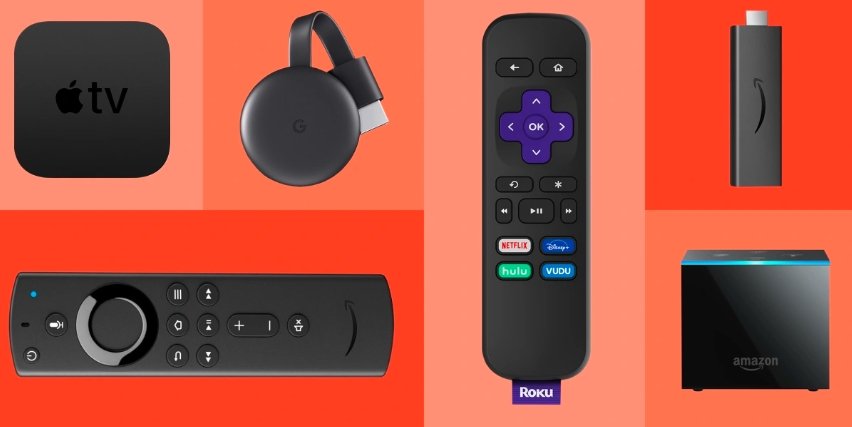Many businesses struggle to create engaging content that attracts and retains their target audience. In this comprehensive guide, you will learn how to harness the power of content marketing to build relationships, increase brand trust, and drive sales. From reducing customer acquisition costs to improving lead quality, we will explore the numerous benefits of content marketing and provide practical tips on how to create compelling content that resonates with your audience. Let’s dive in and elevate your content marketing strategy to new heights!
Key Takeaways:
- Content marketing is a form of inbound marketing that provides useful or entertaining content to attract users to your brand.
- Content marketing helps build relationships and trust with potential customers, leading to easier and faster product sales.
- Content marketing has a snowball effect, resulting in lower customer acquisition costs and compounding returns for brands with strong strategies.
- Effective content marketing attracts people to your brand, helps build trusting relationships, and ultimately leads to increased sales of products and services.
- Content marketing can reduce customer acquisition costs, improve lead quality, build a stable lead pipeline, and increase customer retention and loyalty.
What is Content Marketing?
Marketing through content allows you to strategically create and distribute information that resonates with your target audience. By publishing engaging content, you can attract individuals who are interested in what you have to offer, ultimately leading them down the path towards making a purchase. This is a powerful way to connect with consumers on a deeper level and establish your brand as a trusted authority in your industry.
Importance
One of the key reasons why content marketing is crucial for businesses is its ability to reduce customer acquisition costs. Quality content creation may require an initial investment, but brands with strong content strategies benefit from a snowball effect where each piece of content attracts more followers, resulting in a higher return on investment. Compared to traditional paid advertising, content marketing allows you to generate significantly more value for each piece of content published.

How Does Content Marketing Work?
Attracting Users
One of the key aspects of content marketing is attracting users to your brand through valuable and engaging content. By publishing videos, podcasts, or blog posts, you can capture the attention of individuals interested in your content and introduce them to your brand voice. This engagement serves as the foundation for building a trusting relationship with your audience.
Building Relationships
Once you have captured the attention of users, the next step in content marketing is building relationships with your audience. By consistently providing informative and entertaining content, you can establish trust and credibility with potential customers. According to data, brands with strong content marketing strategies tend to have lower customer acquisition costs and generate compounding returns over time.
Understanding your audience’s preferences and needs is crucial in cultivating lasting relationships. By tailoring your content to address specific interests and concerns, you can create a loyal following that is more likely to engage with your brand and make repeat purchases.
4 Ways Content Marketing Can Help Your Business
Reduce Customer Acquisition Costs
To reduce customer acquisition costs, content marketing is the key. With quality content creation, you can see a stronger ROI from each piece of content you produce as your audience grows. Brands with strong content marketing strategies typically have lower customer acquisition costs, ultimately leading to compounding returns. The snowball effect of content marketing means that each piece of content published is seen by more people over time, resulting in a higher ROI compared to paid ads where competitors may earn similar returns for each dollar spent.
Improve Lead Quality
The benefit of content marketing is that you can attract and filter the type of customers you want based on the content you produce. With content tailored to your target audience, you can improve the quality of leads attracted to your brand. By offering valuable and industry-specific content, you can engage with potential customers who are genuinely interested in your products or services. This targeted approach ensures that the leads generated are more likely to convert into customers, resulting in a higher quality lead pipeline for your business.
Build a Stable Lead Pipeline
To build a stable lead pipeline, content marketing has a flywheel effect that produces higher returns over time. By creating evergreen content that remains relevant for years, you can continue to generate leads even after the content was initially published. This means that even if you pause your content production, you will still have a steady flow of leads coming in from your evergreen content, ensuring a stable lead pipeline for your business.
Increase Customer Retention and Loyalty
With content marketing, you can increase customer retention and loyalty by building trust with your audience at scale. By consistently providing valuable and engaging content, you can familiarize customers with your brand’s identity and viewpoints, making it easier for them to trust and continue purchasing from your brand. This trust and loyalty generated through content marketing can lead to long-term relationships with your customers, resulting in higher retention rates and increased loyalty over time.
Final Words
Ultimately, creating compelling content is the key to successful content marketing. By providing valuable and engaging content to your audience, you can attract, engage, and retain customers more effectively. Remember to focus on providing useful or entertaining content in various formats such as text, video, or audio to cater to different preferences.
Importantly, consistently publishing high-quality content will help you build relationships with your audience, reduce customer acquisition costs, improve lead quality, and increase customer retention and loyalty. By understanding the power of content marketing and implementing a strong strategy, you can stay ahead of your competitors and achieve long-term success for your business.
FAQ
Q: What is content marketing?
A: Content marketing is a form of inbound marketing that attracts users to your brand by providing useful or entertaining content – usually in the form of text, video, or audio.
Q: How does content marketing work?
A: Effective content marketing attracts people to your brand through the creation and distribution of valuable content. This content helps build relationships and trust with potential and existing customers.
Q: What are the benefits of content marketing for businesses?
A: Content marketing can help reduce customer acquisition costs, improve lead quality, build a stable lead pipeline, and increase customer retention and loyalty.
Q: How can content marketing help reduce customer acquisition costs?
A: Quality content creation can lead to a stronger return on investment for each piece of content produced, as the audience grows over time, creating a snowball effect that boosts ROI.
Q: How can content marketing improve lead quality?
A: By producing targeted content that aligns with the interests and needs of your target audience, content marketing allows you to attract high-quality leads and filter out those who may not be the right fit for your products or services.


















